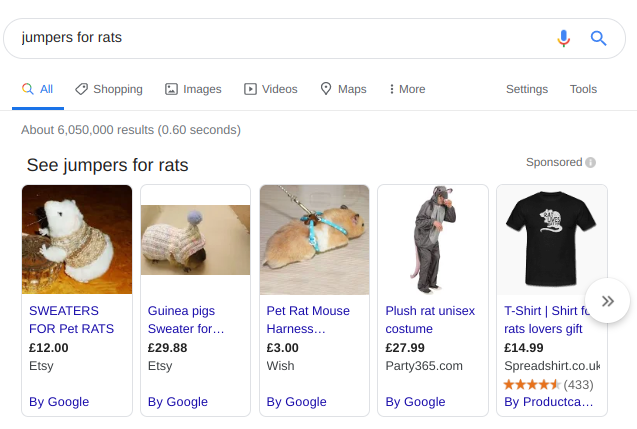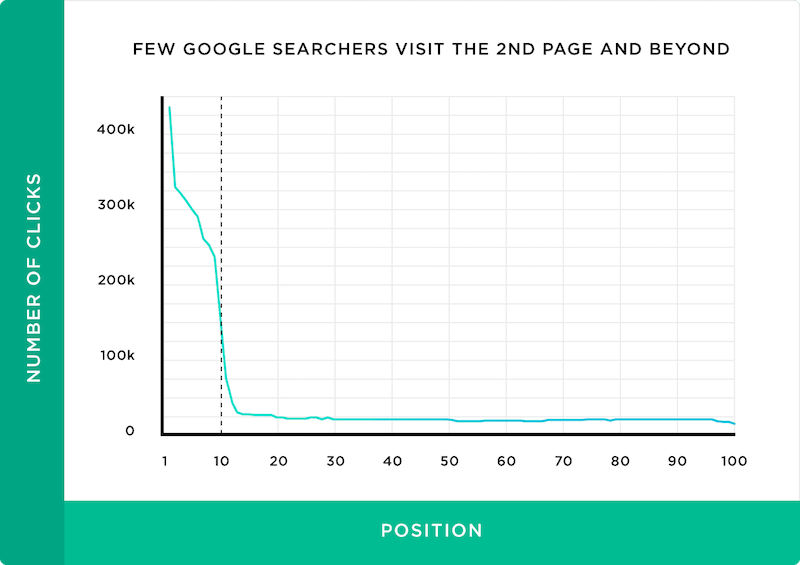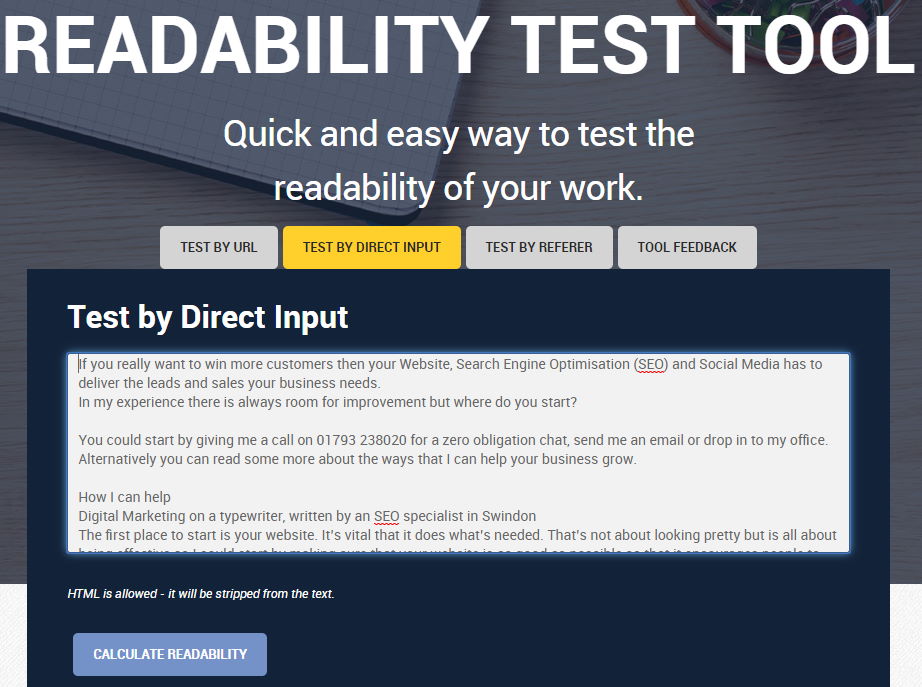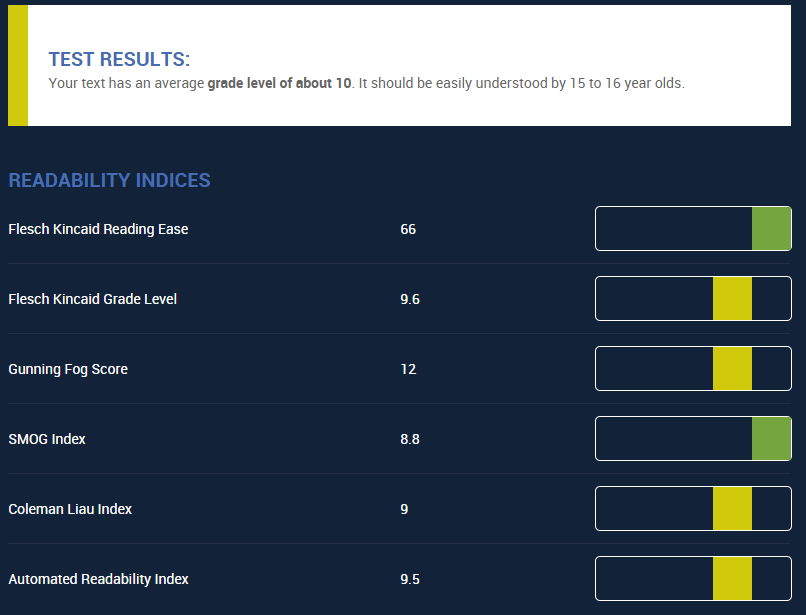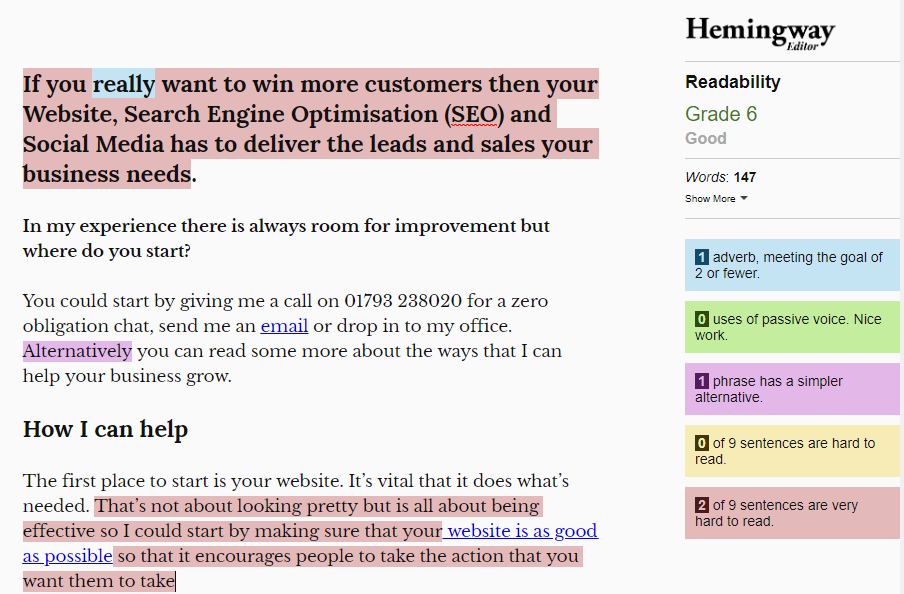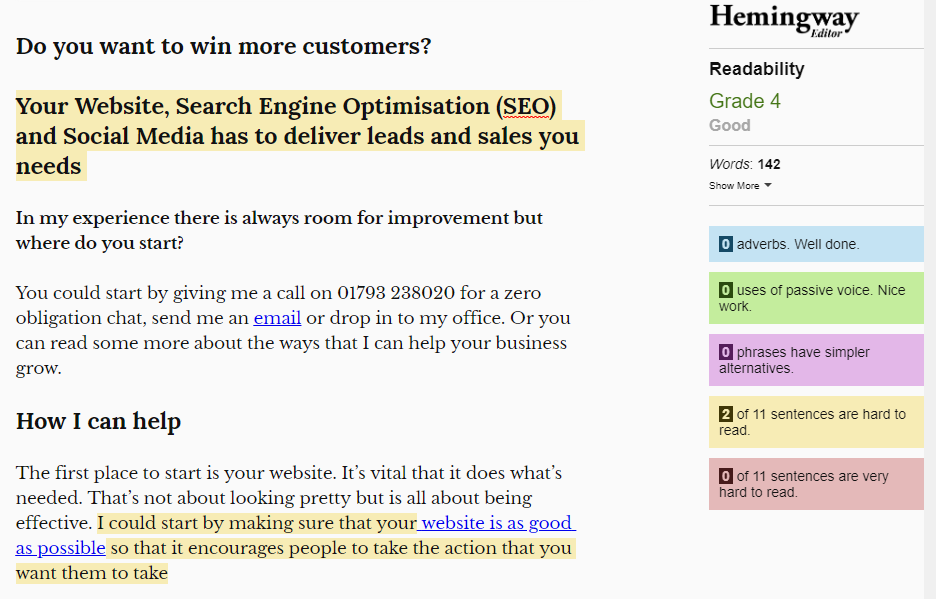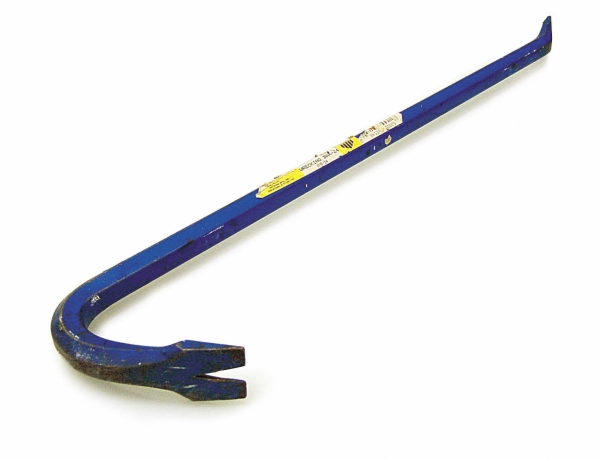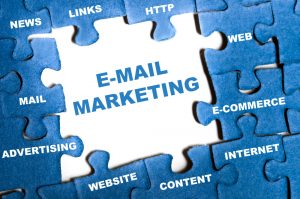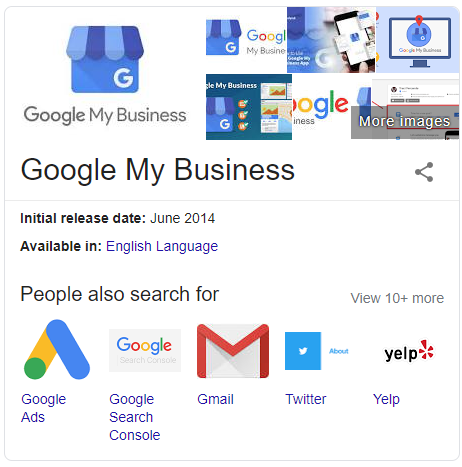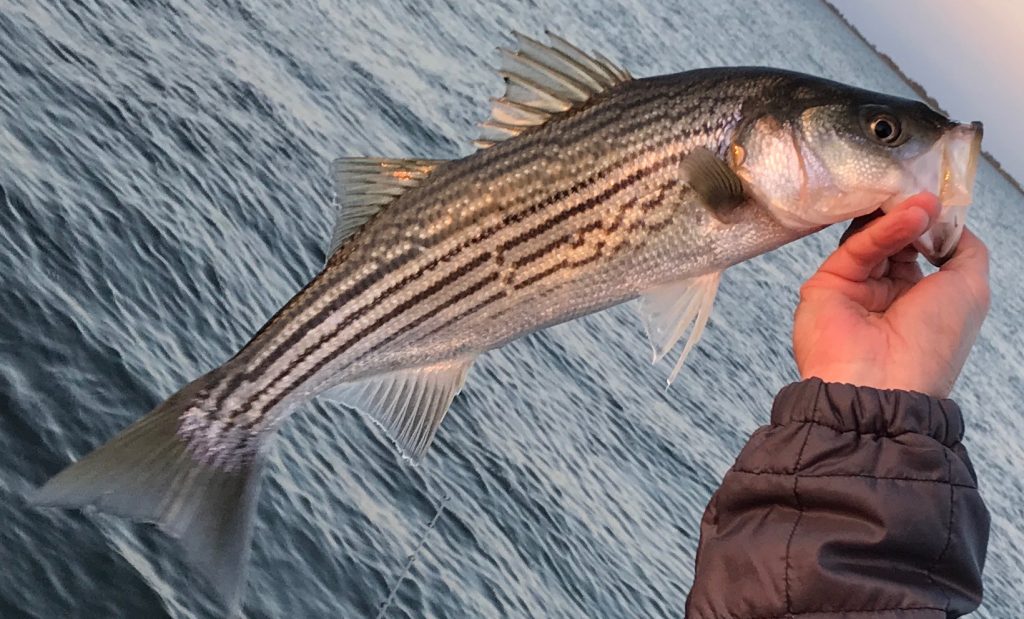It seems that every week I am asked whether “X” would be a good thing to do, or perhaps “Y”. “What do you think Andy?”, “which path would you take?”
The reality is that even after 20 years of experience, I don’t know with any great certainty. All I can do is reflect on past experiences and understand how a particular course of historical action could be overlaid on contemporary actions and offer some thoughts and guidance.
The key question, though, is this. When it comes to most forms of marketing, how do we know what works and what doesn’t?
The reality is that we don’t – until we give it a try.
But before you try any form of new marketing activity you need to really understand your expectations. What do you want it to do and what do you NEED it to do. You should approach it with a plan in mind, the 6 Ws.
The 6 Ws
Who, What, Why, When, Where and hoW. There are loads of variations on a theme but here’s a simple example as to how the six Ws can help with the initial planning of your new campaign. And to use a cliche – “fail to plan, plan to fail”.
- Who are you looking to reach (personas can really help identity and visualise your target market
- What are you looking to sell to them
- Why would they choose you as their supplier rather than your competition
- When will they be ready to buy
- Where will the marketing be posted/published?
- How will the sale take place & delivery occur. How will you measure the performance.
You should always have a goal because, as the cliche says, “without a goal, how will you know when you have arrived”
The 6Ps could also apply – Proper Preparation Prevents Pretty Poor Performance
OK, I’m done with cliches, for now, back on topic.
I have worked with many people who strive for perfection. There’s nothing wrong with that, but the focus on perfection has a time and place. From a marketing perspective they
- – have an idea
- – create an outline,
- – add flesh to the outline
- – review it
- – ask others to review their plan
- – make changes to reflect people’s comments
- – and go around the circle again & again
A camel is a horse designed by committee

Seeking absolute perfection can be a trap, the danger being that you want a horse but end up with a camel.
This often means that the plan at the end looks nothing like the initial plan, that the initial goals have become forgotten and the time taken to refine and finesse the plan means that key opportunities are missed or have made it likely that the plan will never be executed.
My preferred approach is to come up with the campaign aims, agree them with my client and quickly work back from there to understand the target market, which platforms they are likely to use and to understand the best ways to put my client in front of them.
I sometimes get it wrong. I’ll have explained my plans to the client and explained the risk. If a plan is going to fail I like it to fail fast. I accept that it’s OK for a plan to fail, it really is. However, this approach will only work with goals that are understood and research to understand why the goals were not met.
From there, you can take the learning, update and improve the campaign and go again.
So, Why IS marketing like the Space Race

NASA would follow the route to perfection. Testing each individual component of the Apollo program (for example) then they’d put some components in to a module and test the module. Then they’d put some modules together in to an assembly and test the assembly.
Then they’d put some assemblies together in to a stage and test the stage. Then they’d test the stages, assemble them in to a 365 ft tall tower of power and launch the rocket.
And even after all this testing there were still problems – look at Apollo 13, and the two Space Shuttle disasters for evidence.
Elon Musk and Space X take a different approach. Elon came up with the idea of a reusable rocket. It was designed, a rocket was launched – it failed. The reasons for failure were designed out of the next iteration. There was a different failure. The reasons were investigated and designed out and now launching, AND landing, Space X Falcon 9 and Falcon Heavy rockets is as near normal as you will find and progress continues.
At the time of writing Space X are planning on returning US Astronauts to the International Space Station using an American rocket for the first time since the Space Shuttle was withdrawn from service.
If you want any help with your digital marketing please don’t hesitate to get in touch for an informal chat by email (andy@enterprise-oms.co.uk) by phone (01793 238020) or ask me on Social Media – Linkedin or Twitter and I’ll be only too happy to talk.Thanks for reading and I hope you stay well




